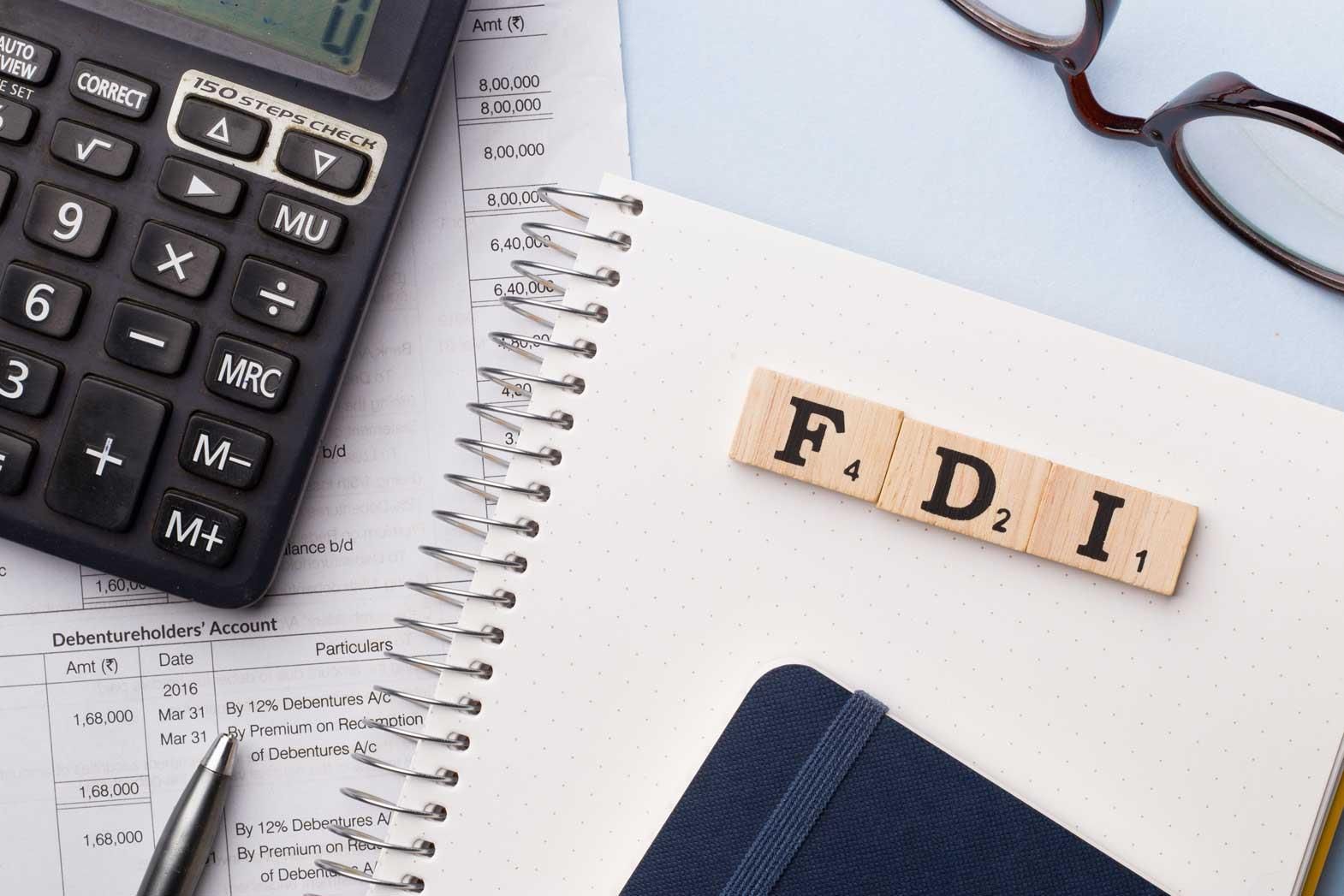This would have forced multinational corporations to freeze their capital flows, making foreign funds withdraw from the country's capital markets and depreciating the rupee to a level that could have sent fuel prices to untenable levels. The perception of policy paralysis was sought to be changed with the Central Government pursuing a series of reforms, notably on the initial steps to allow global chains like Wal-Mart, Carrefour, Tesco, and JC Penney to set up shop in the country. It is now up to individual State Governments to follow suit, though 13 out of 28 have said no.
The country's gross domestic product (GDP) growth fell to a nine-year low of 5.3 percent in the January-March 2012 quarter. It improved marginally to 5.5 percent but fell again to 5.3 percent in the July-September period. The average economic growth of 5.36 percent in the first three quarters of 2012 is sharply lower than the average annual growth of 8.2 percent recorded in the past eight years.
India's growth is affected by a combination of global and domestic factors, said Anis Chakravarty, Director, Deloitte Haskins and Sells. Muted growth in the global economy, especially in Europe and North America, also affected India. There are a lot of domestic issues also, Chakravarty told.
Chakravarty said the high cost of capital, poor infrastructure, and policy inaction for a fair part of the year severely affected the performance of different sectors of the economy. But the reform process later will help accelerate growth.
Since September, Prime Minister Manmohan Singh's Government has announced a series of reforms spending cuts, liberalization of foreign investment policy norms, and easing corporate rules. Analysts term these as the biggest reforms overhaul in a decade.
Foreign investment policies for sectors like retail, banking, broadcasting, and aviation were liberalized to attract more overseas funds. The multi-brand retail sector was also opened despite huge political opposition. In the mid-year economic analysis, the Government expects that the economy would grow by 5.7 percent in the fiscal year 2012-13. In the first half of the fiscal, GDP has expanded by 5.4 percent. The economy needs to grow by over six percent now for the fiscal to achieve the 5.7 percent overall growth.
Finance Minister Chidambaram has termed the October factory output data very encouraging, saying it was an indication of the green shoots in the economy. Yet, high inflation and widening fiscal deficit continued to remain a big concern for the economic policymakers.
Due to persistent inflationary pressure, the Reserve Bank of India (RBI) in its Dec 18 policy review decided not to ease monetary policy despite pressures from some sections of the government and industry bodies. As per the latest official data, the core inflation based on wholesale price index was at 7.24 percent in November against 7.45 percent in the previous month. Despite this, inflation remains much above the central banks comfort level of 4-5 percent.
Inflation still remains high for comfort. Easing of supply side restrictions and policy are imperative to bring this down. The wide current account deficit is also a constraint on monetary policy easing, said NAina Lal Kidwai, President of the Federation of Indian Chambers of Commerce and Industry (FICCI).
There is some scope for monetary policy easing next year, assuming that inflation risks recede and that there is sufficient progress on fiscal consolidation and structural reforms, said Kidwai, a banker, who heads HSBCs operations in India.
Finance Minister Chidambaram has announced a five-year road map to correct the Governments fiscal position, setting a target to nearly halve the deficit to three percent. The target also is to contain the deficit to 5.3 percent on the current financial year as compared to 5.8 percent in the previous year.
Looking ahead, experts feel the Governments resolve to cut deficit and further action on reforms, like getting Parliament to approve the legislative action required to open up insurance, pension and banking sectors further, combined with the promised cut in interest rates early next year, should clear the path again for accelerating growth. But before we draw any stable conclusions, we must factor the decline in our production, as manifested in Nov-12 figures, before we base our optimism on a temporary hike in production figures which we tend to define as course begin green shoots.
This article was originally published in the Stitch Times magazine, February, 2013 issue.








Comments